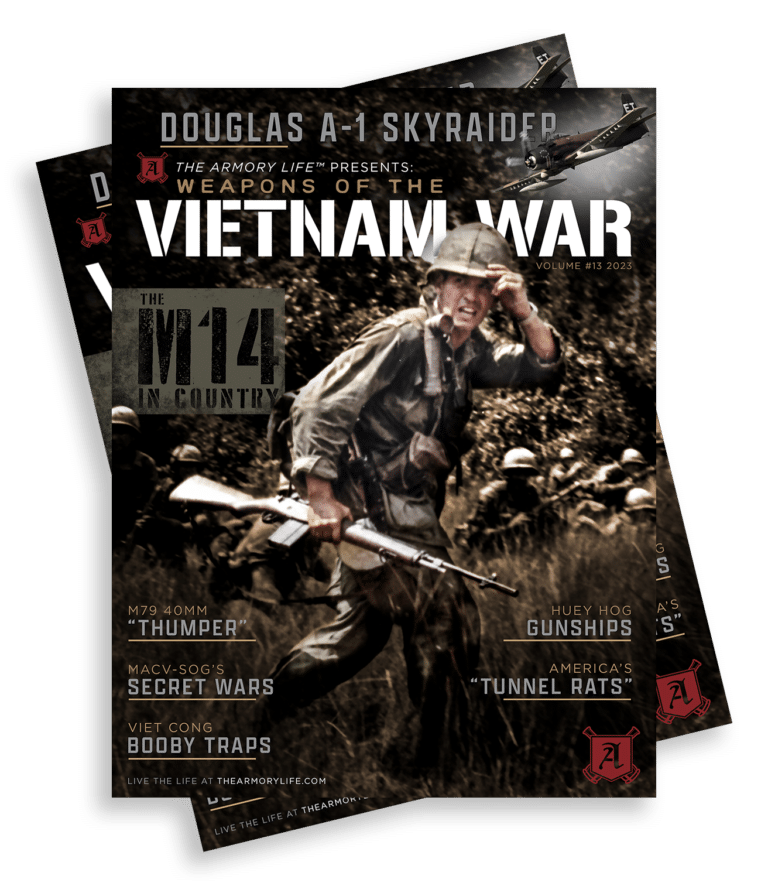Dangerous Steps: Viet Cong Booby Traps
October 14th, 2021
9 minute read
This is another type of war, new in its intensity, ancient in its origin — war by guerrillas, subversives, insurgents, assassins, war by ambush instead of by combat.
President John F. Kennedy
At first glance, the Vietnam War appears to be a ridiculous mismatch between a global superpower, rich in technology and industrial production, and a small third-world nation with barely enough resources to equip an insurgent force with modern small arms. But those first looks proved to be deceiving, as the Viet Cong fought their larger and better-equipped opponents with every trick in the guerrilla playbook, even inventing some new ones along the way.
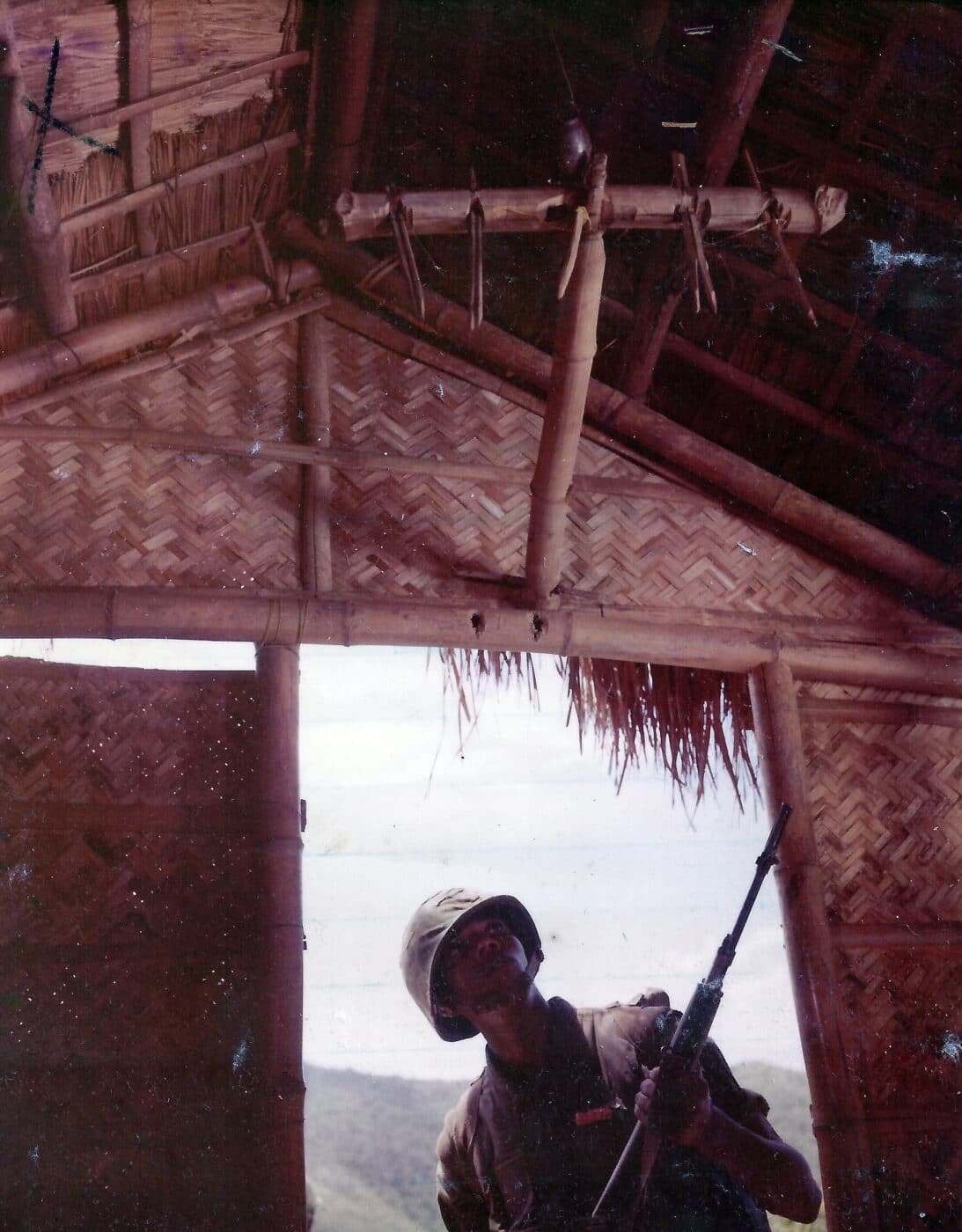
Many military historians don’t give much credence to the effectiveness of the Viet Cong’s booby trap and mine warfare tactics. However, the painful statistics tell a different story:
From the beginning of 1965 until mid-year in 1970, 11% of all deaths and 17% of the wounds suffered by U.S. Army troops in Vietnam were caused by booby traps and mines. During 1965, up to 70% of USMC casualties were caused by mines and traps.
It was an affordable way for the Vietnamese to wage war, and the VC’s ingenious use of mines and traps had a tremendous effect on American morale, creating a significant distraction, and reducing the U.S. military’s technological advantages. On the home front, a slow-going war fought mainly against booby traps left by an elusive enemy does not make for exciting news or compelling talking points for politicians. The Viet Cong had found a way to test America’s resolve in a long war.
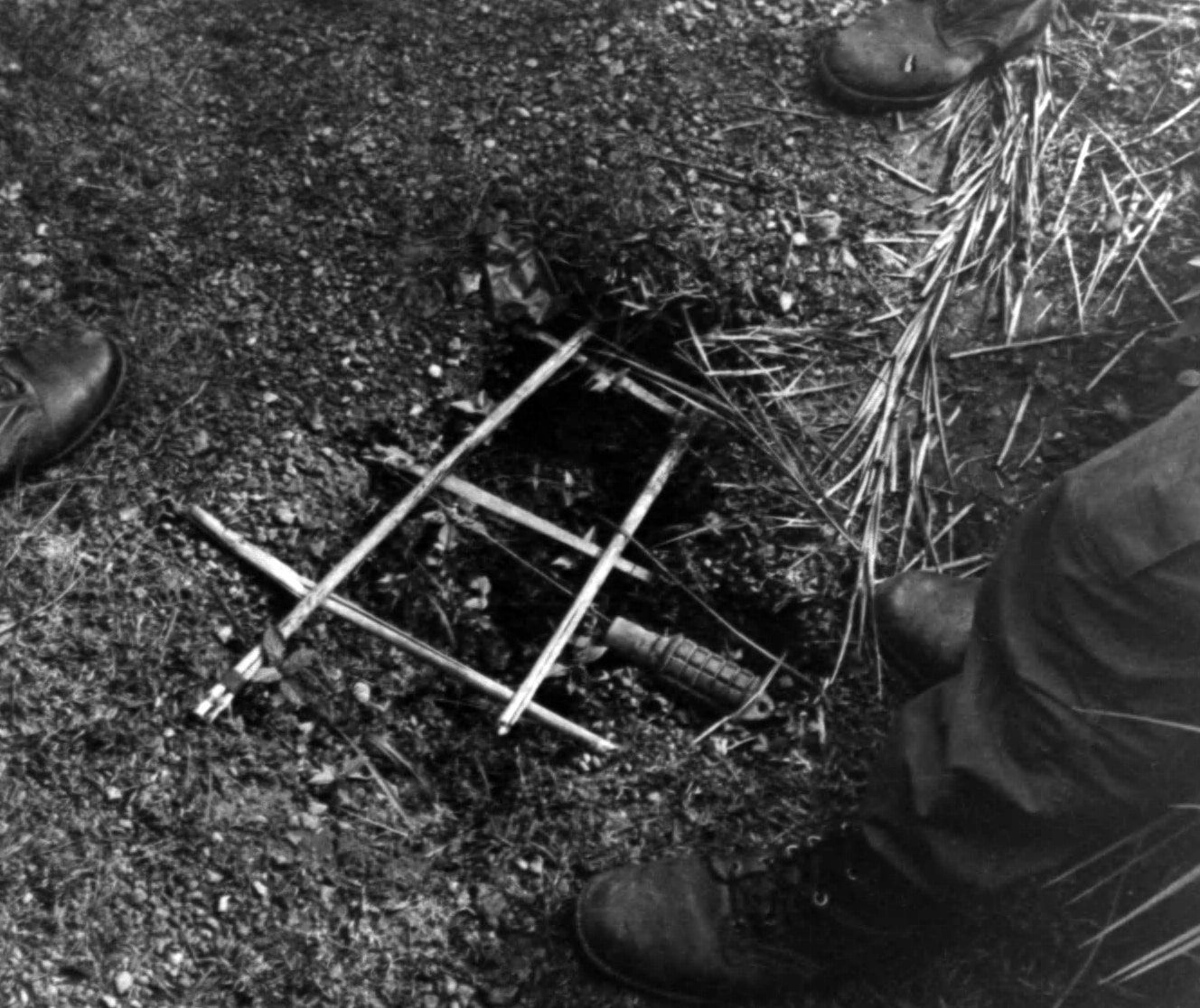
Vietnam has been called a war of booby traps. We cannot stop the employment of these devices, but we can lower the casualty rate by knowing how to recognize, mark, and report mines and boobytraps.
1st Infantry Division Mine Warfare Course, Vietnam 1967
Daily Battle of Awareness
As the numbers of U.S. troops deployed to Vietnam continued to grow, so too did the casualties resulting from Viet Cong booby traps. During 1966 most American combat units created their own trap and mine warfare schools in-country.
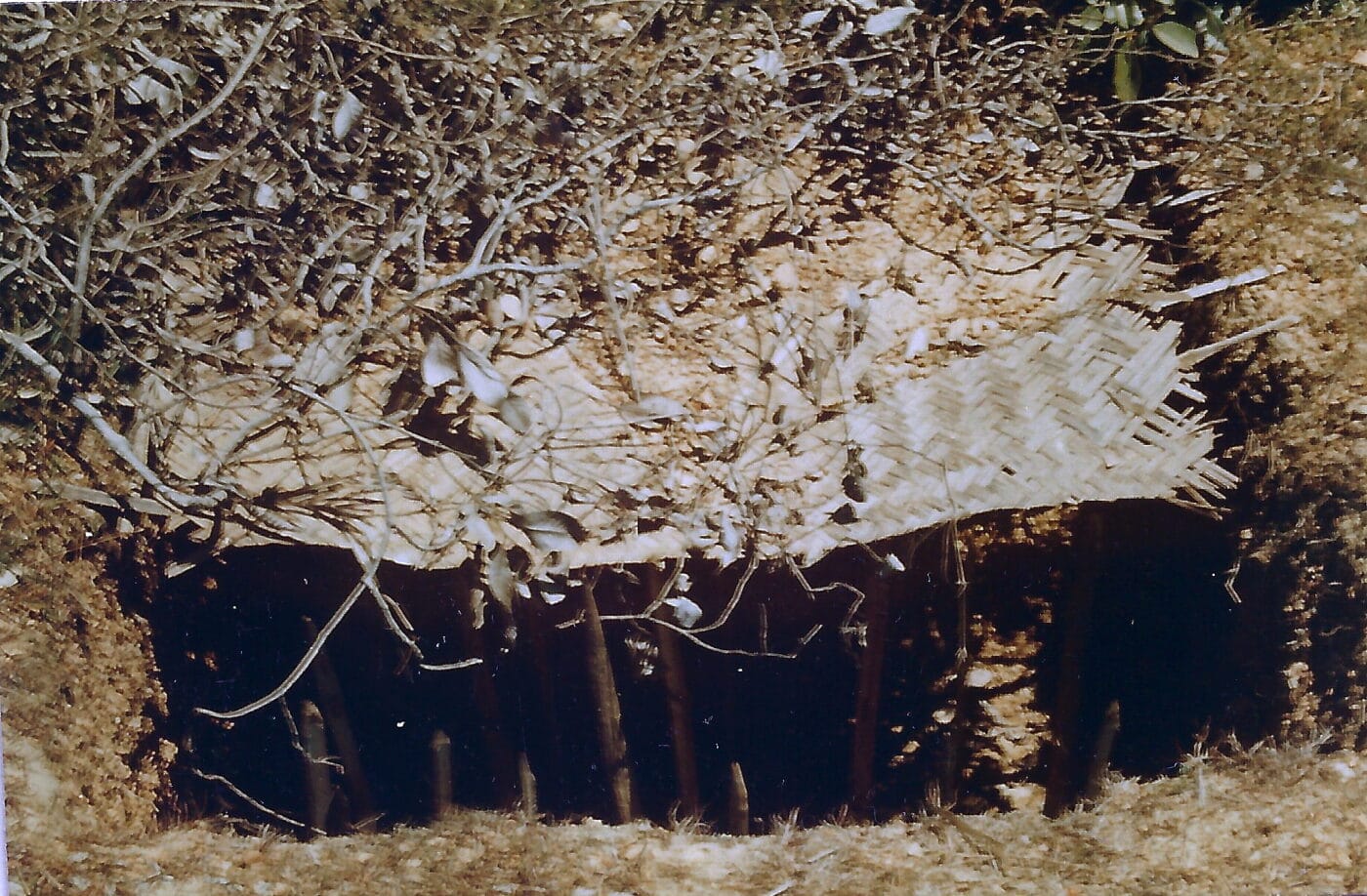
The following is an extract from a 4th Infantry Division “lessons learned” report on VC mines and traps, issued in early 1967:
All personnel should be thoroughly briefed on Viet Cong mines and booby traps, including means of detection and methods of destruction. Extreme caution should be exercised when moving near hedges and trees. Booby traps are often placed up in trees with the ground area beneath also booby trapped. They also booby trap foxholes and shell craters while withdrawing so a second tenant runs the risk of being a dead tenant.
The 4th Infantry also created a Confidence Course for its new arrivals from the states. This course, like others created by Army and Marine Corps units, included the following mine warfare problems for new men to learn how to identify, mark, and avoid:
- Several booby trap grenades
- Spear and arrow launchers (trip wire activated)
- A spiked bamboo whip
- Overhead frag grenade trap
- Anti-personnel mines on either side of trail
- A booby trapped log connected to a 250-pound bomb
- Punji pits
- Multiple ankle and foot traps
- A booby trapped gate
- Several camouflaged bunkers and spider holes
- At least one sniper position
That represents quite a laundry list of exceptionally dangerous traps that new infantrymen needed to learn, on top of many other combat nuances in Vietnam that their basic training did not cover.
Mother of Invention
As the USAF began to interdict communist supply lines from the North, supplies for Viet Cong units in the South grew even more scarce. Mine warfare became increasingly important.
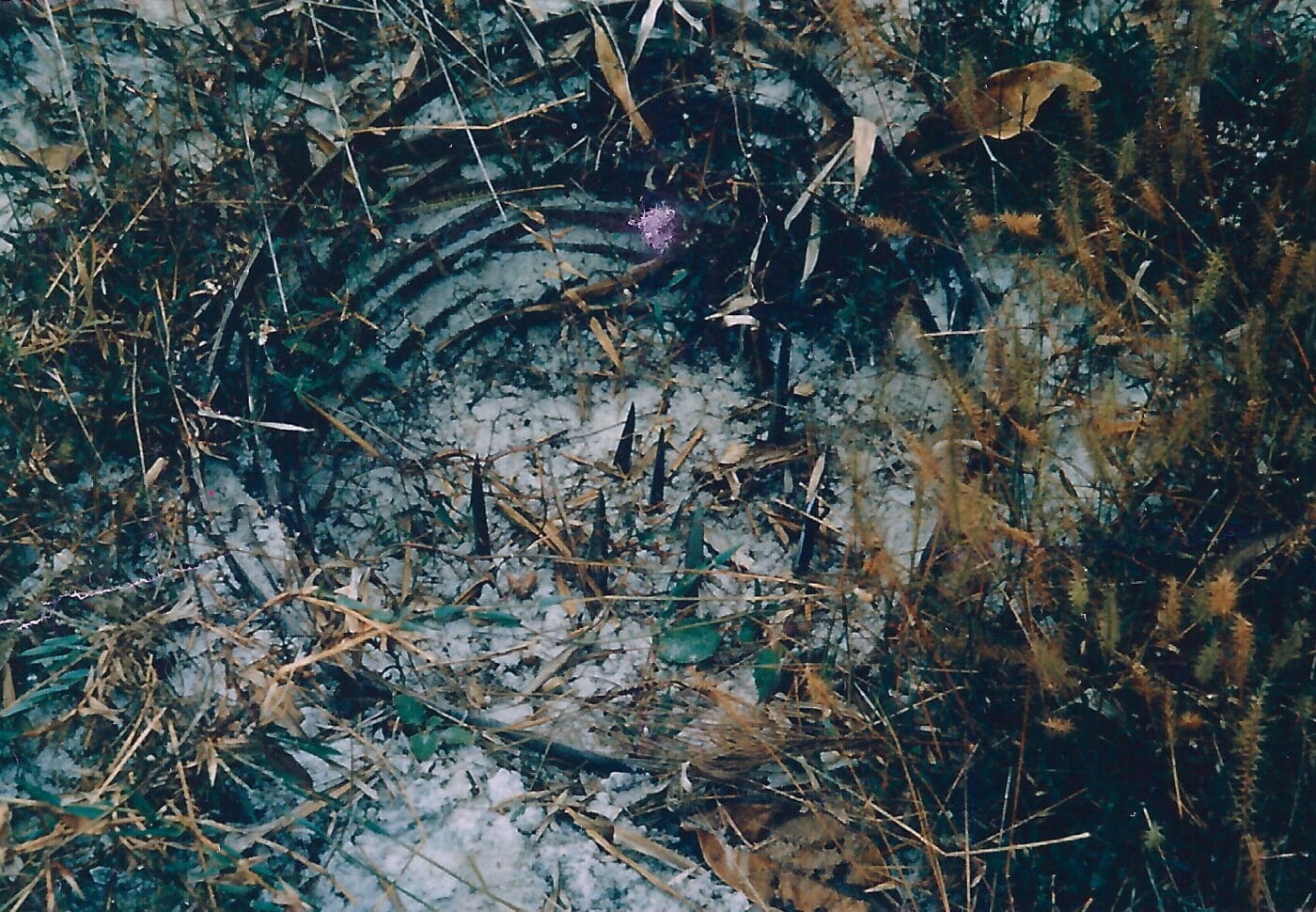
Viet Cong units used mines from a wide range of sources. A great number of VC mines were American-made explosives captured from South Vietnamese (ARVN) units. Many others came from Soviet or Chinese stocks. The VC also used older mines captured from the French in the first Indo-China War, along with WWII-vintage Japanese mines (provided by China) and German mines (provided by Russia). Even as the VC dealt with maddening logistics, the situation worked in their favor as it forced American troops to deal with a dangerous wide array of mines to deactivate.
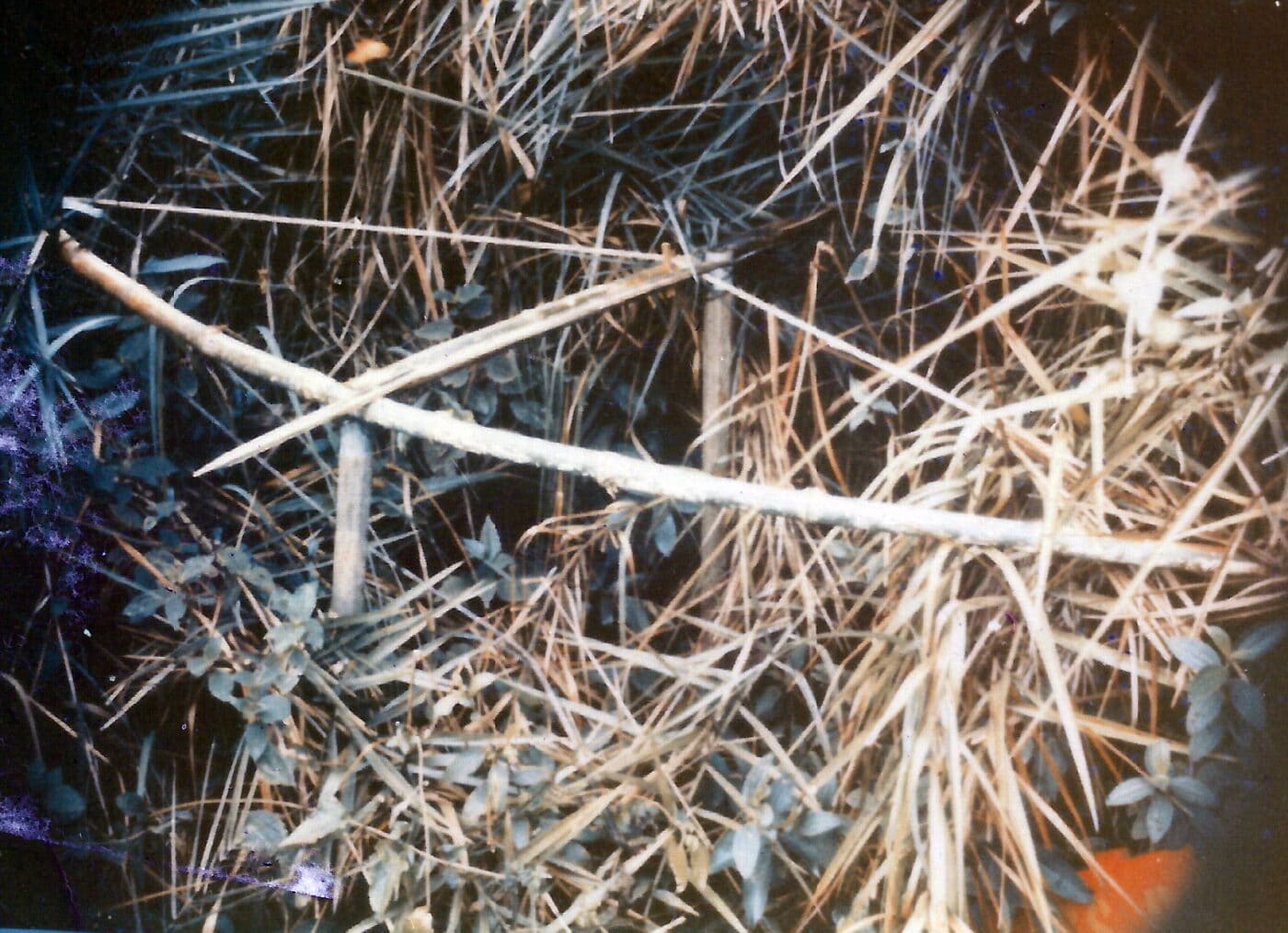
The VC were also highly effective scroungers, and they would remove anything of value from the battlefield and turn it into a weapon.
Mine warfare instructors of the 4th Infantry Division advised:
Nothing that can be of value to the enemy should be left behind. Even a burned-out radio battery still has enough juice to detonate an explosive charge if properly set in series. The Viet Cong will police up everything, including spent casings to use against us.
Diabolical Traps
The jungles of Southeast Asia are naturally dangerous, and the Viet Cong used many locally sourced ingredients for their traps to make the natural environment of their home turf even more deadly.
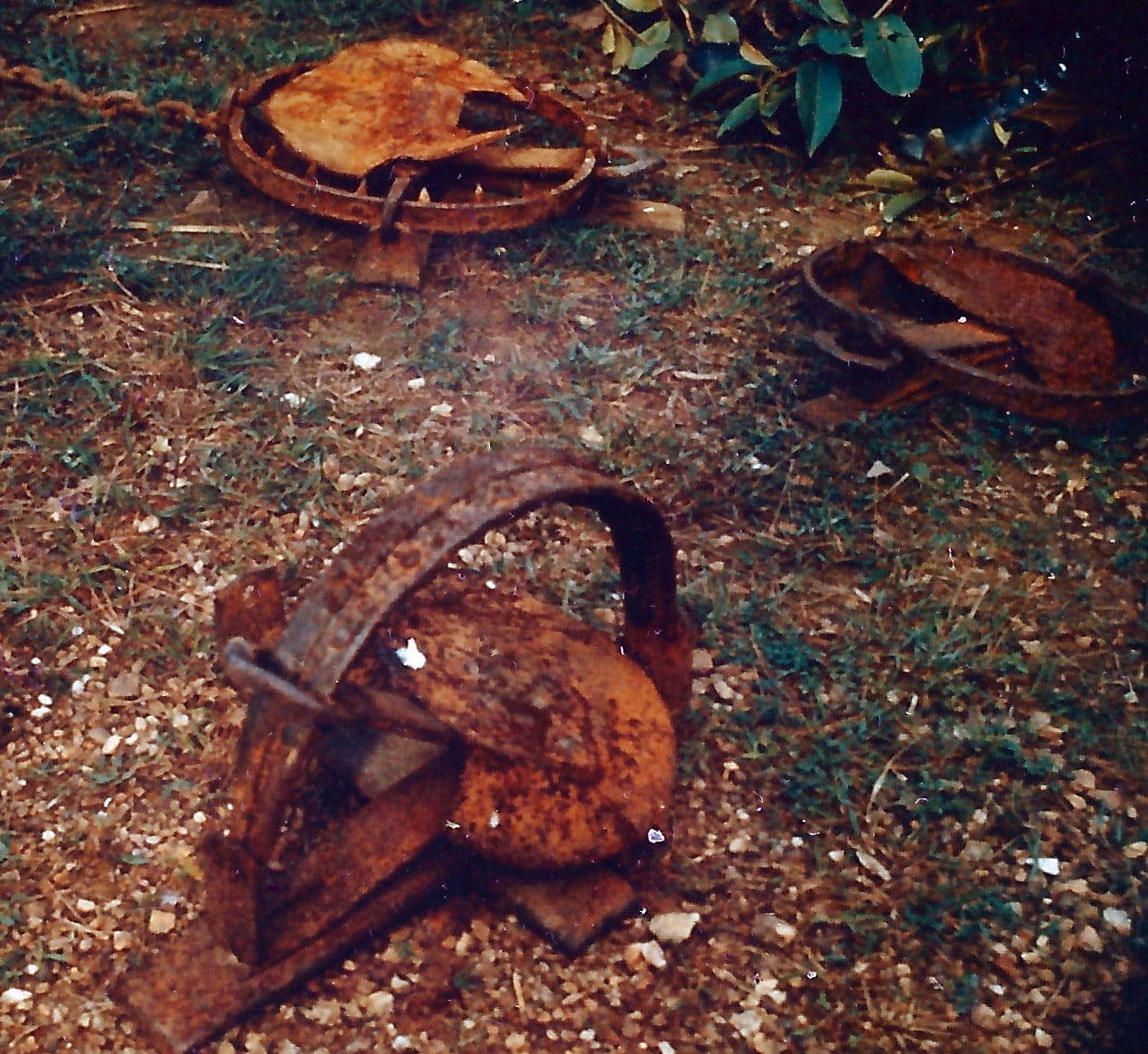
Punji stakes: made from sharpened wood or bamboo, these stakes became the staple of many VC traps. Foot and larger man-sized traps were commonly placed along trails and suspected approach routes. Punji stakes were often coated in plant-based poisons, animal venom, or human feces to poison the victim after their skin was punctured. The traps proved to be effective, not only by inflicting casualties but also in creating delays and sapping the overall strength and morale of available U.S. manpower.
Bamboo whip: The whip was made of a length of bamboo under tension and covered with spikes (which were often poisoned). The trap was triggered by a tripwire and set to whip across narrow trails at chest height. The wounds inflicted were messy, and sometimes fatal.
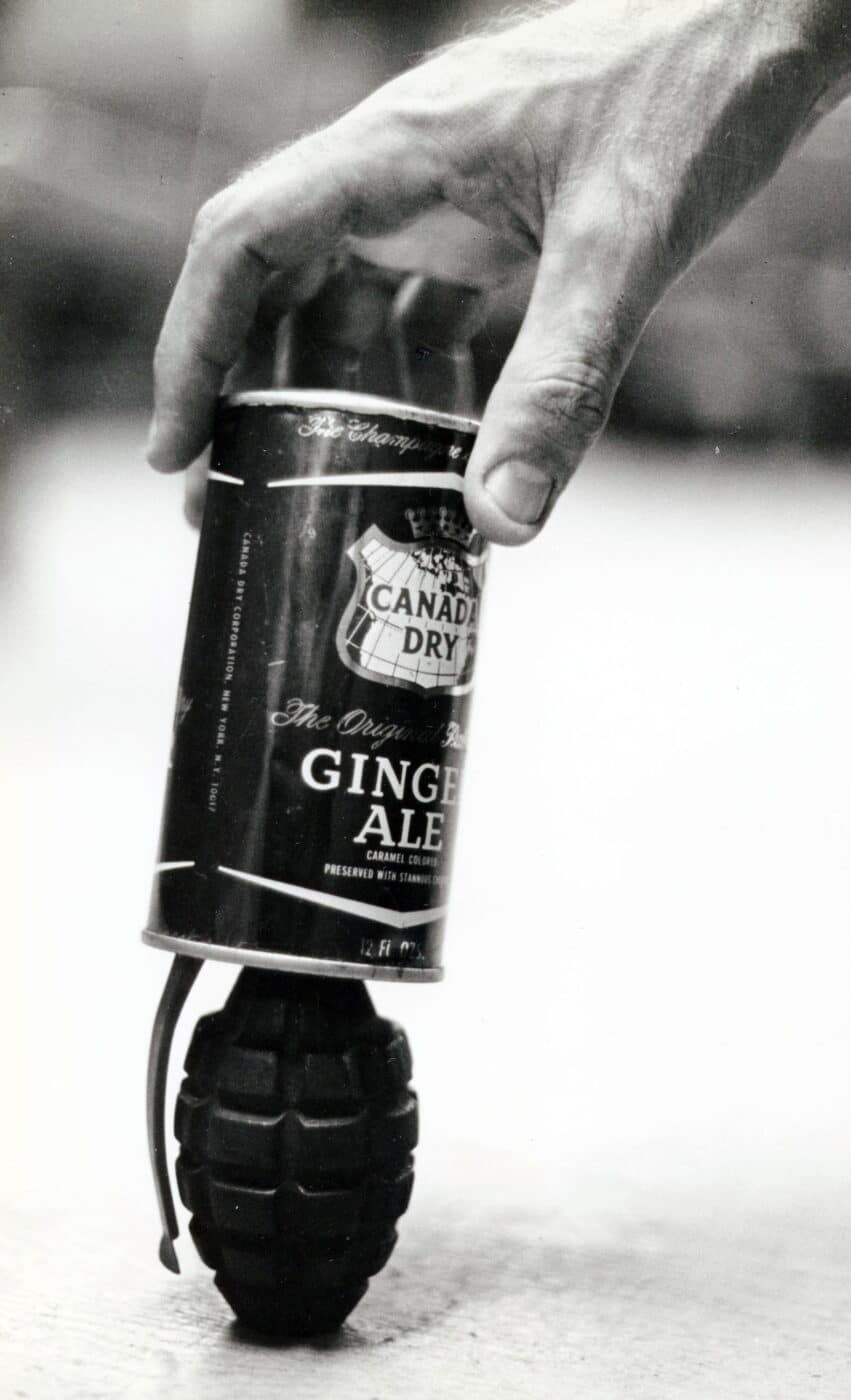
Swinging mace: The swinging mace was a spiked stump or heavy clay ball hidden in the trees above that was sprung by a tripwire. The mace swung down on the path with great force to deliver terrible wounds to the upper torso and head.
The bow trap: A simple bamboo bow trap was a common VC tactic, particularly in the early days of the war. The tensioned bow, launching a poisoned arrow, was set off by a tripwire to strike the midsection of the victim. Sometimes the bow was set in a shallow pit, set to fire up slightly, targeting the groin or leg.
Modern with Medieval
Even while the VC were masters of improvised explosives, they also possessed some modern, command-detonated mines. The Viet Cong Claymore mine, the Chinese-made DH-10, was a flat-shaped charge with large steel pellets embedded on the concave side (the opposite of the U.S. Claymore mines). These mines were normally set off electrically by an observer, delivering a massive blast of pellets into a tight kill zone, exploded at the exact moment that it would inflict the maximum number of casualties.
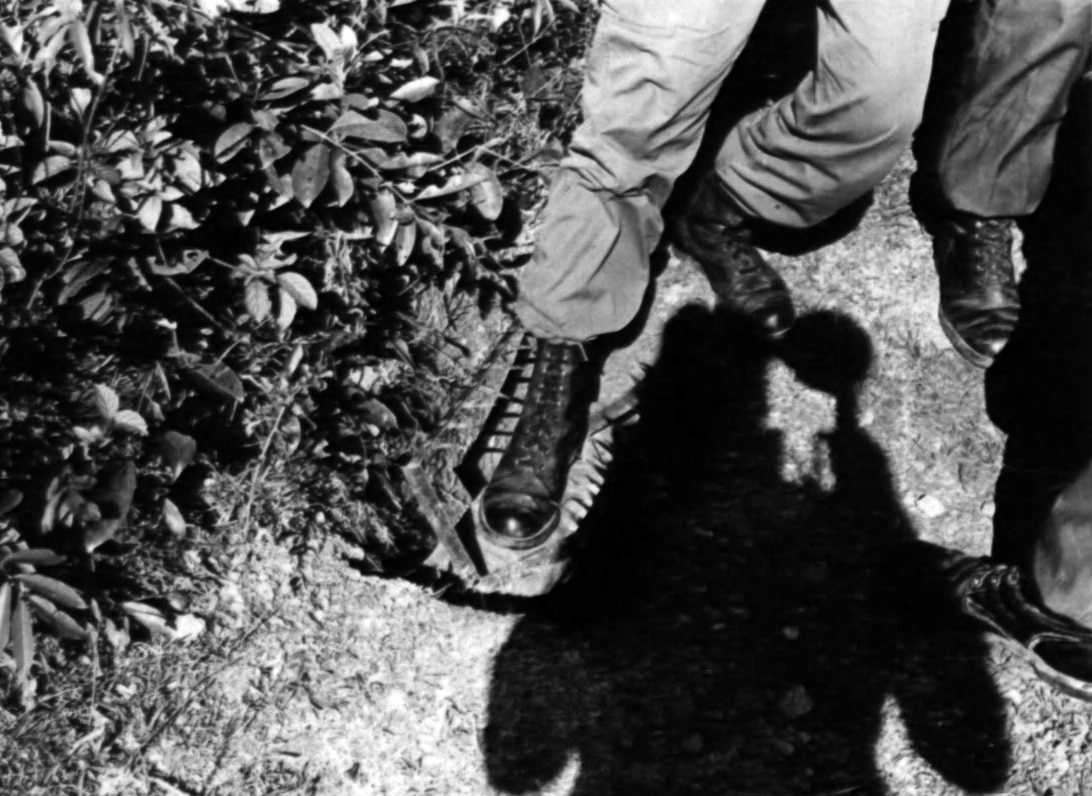
The Viet Cong also developed a form of modern caltrop, something that many American troops called “Toe-Poppers”. The design was simple (an interpretation of the US M14 mine): a .50 caliber casing was filled with gunpowder and scrap metal, and then sealed with wax. The trap was placed in a bamboo cylinder, set up with a nail as a firing pin mounted in the base. These were normally placed in tall grass with only the wax top above ground. The weight of a soldier stepping on the trap would set off the cartridge and explode it into the bottom of the victim’s foot, causing painful and debilitating wounds.
Minimizing casualties from NVA/VC boobytraps is a matter of great concern for all of us.
1st Infantry Division Mine Warfare Course, Vietnam 1967
The war against communist mines and traps was one of the most significant aspects of the Vietnam War. Even so, it is rarely discussed. As the war in Southeast Asia fades in our historical rearview mirror, many of the hard-learned lessons of that era are still valid today.
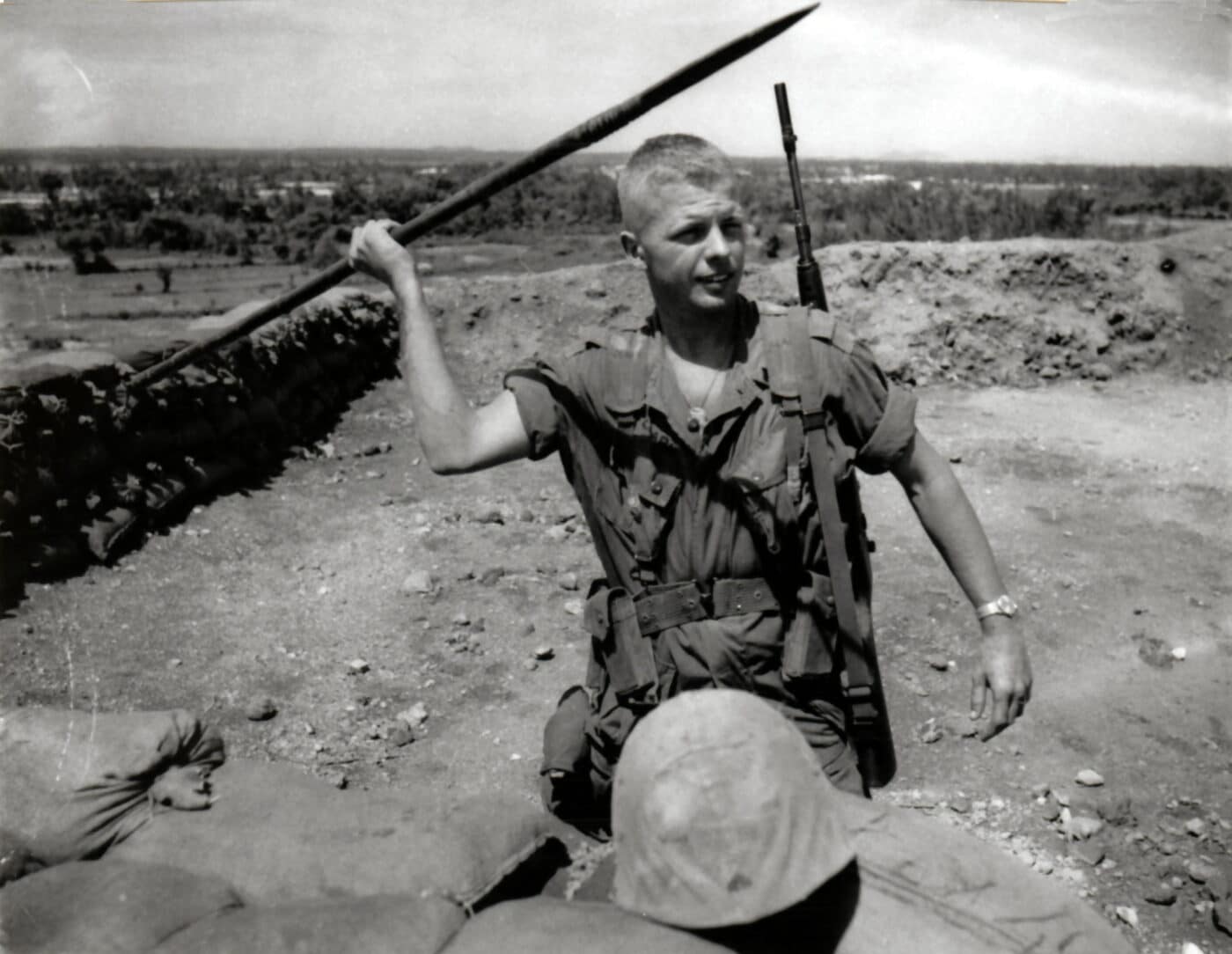
A 173rd Airborne Brigade report offered the following good advice in 1967:
- Carefully inspect rocks or other unusual items placed on a trail
- When one booby trap has been found more are likely to follow
- Keep off trails, especially in an area known to be booby trapped
- Punji stakes are indicative of boobytrapped areas and often are placed to channelize troops into a booby trap
- Have local inhabitants precede American troops through a village. They will readily point out enemy booby traps
- Never bunch up. This is always the reason for multiple casualties from a single booby trap
- Assume all areas are boobytrapped even if friendly troops have previously cleared the area.
Know Your Enemy
The Viet Cong studied their American opponents well — their strengths, their weaknesses, and perhaps most importantly, their habits. The VC were Third World warriors, deeply connected to their natural environment. For the Viet Cong, there was no relief from the Vietnam War, there was only victory or death.
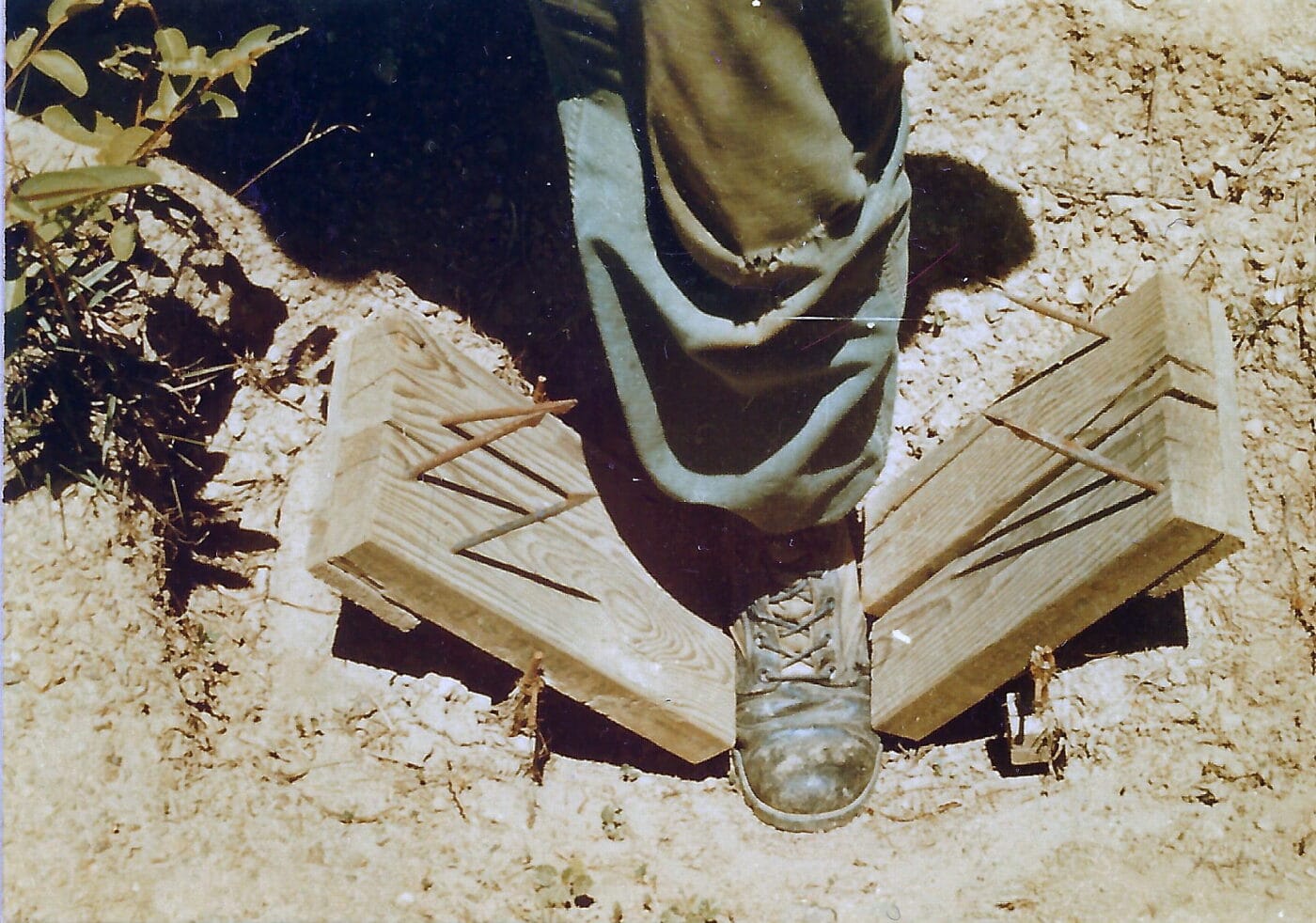
In contrast, American troops were from the wealthiest, freest country on the planet. At home in America, they enjoyed luxuries that most Vietnamese couldn’t even dream of. Most U.S. troops would only spend about a year in-country, and even when they were in the depths of the jungle, they were better equipped and better fed on their worst day than the VC were on their best.
Several years ago, I had the opportunity to talk with a two-tour Marine who spent much of his time as a “tunnel rat”. He became intimately aware of VC traps and mines, and their methodologies that took advantage of the average American mindset. When I mentioned my fear of snakes, he laughed and said: “You and almost every other draftee.”
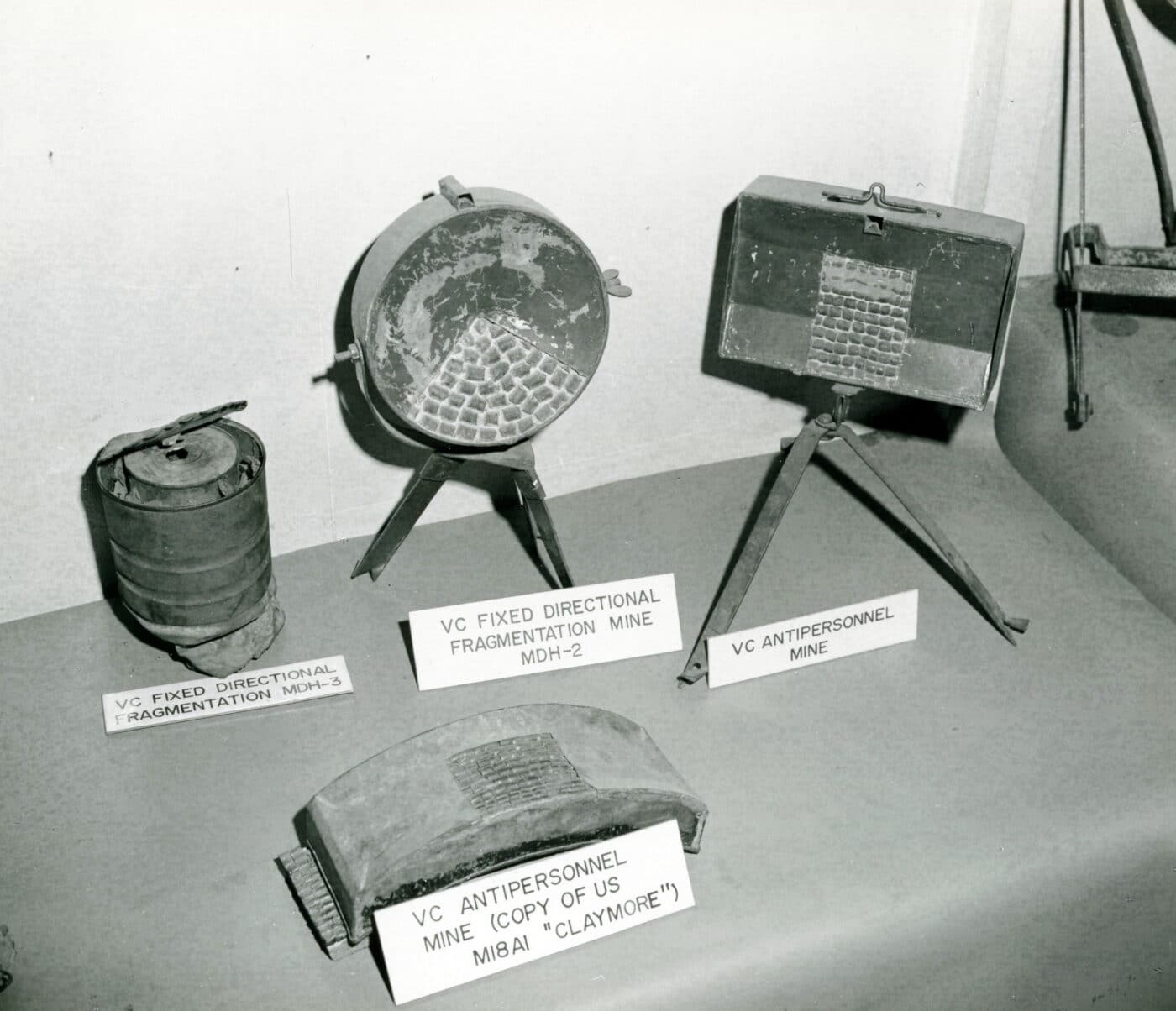
He described to me how he witnessed, time and again, how green troops would avoid walking through any large puddle or pond, to skirt around the swampy spot for their fear of snakes. Inevitably, the VC would mine the edges of the area, and the local U.S. troops would suffer yet another casualty.
During my research into Viet Cong mine and boobytrap warfare techniques, one singularly bizarre element continued to show up in U.S. military reports: dung. Yes, dung. The term appeared so regularly that it begged investigation. Why would the VC bother to boobytrap dung piles and how could any American be tricked into activating a bomb in a dung heap?
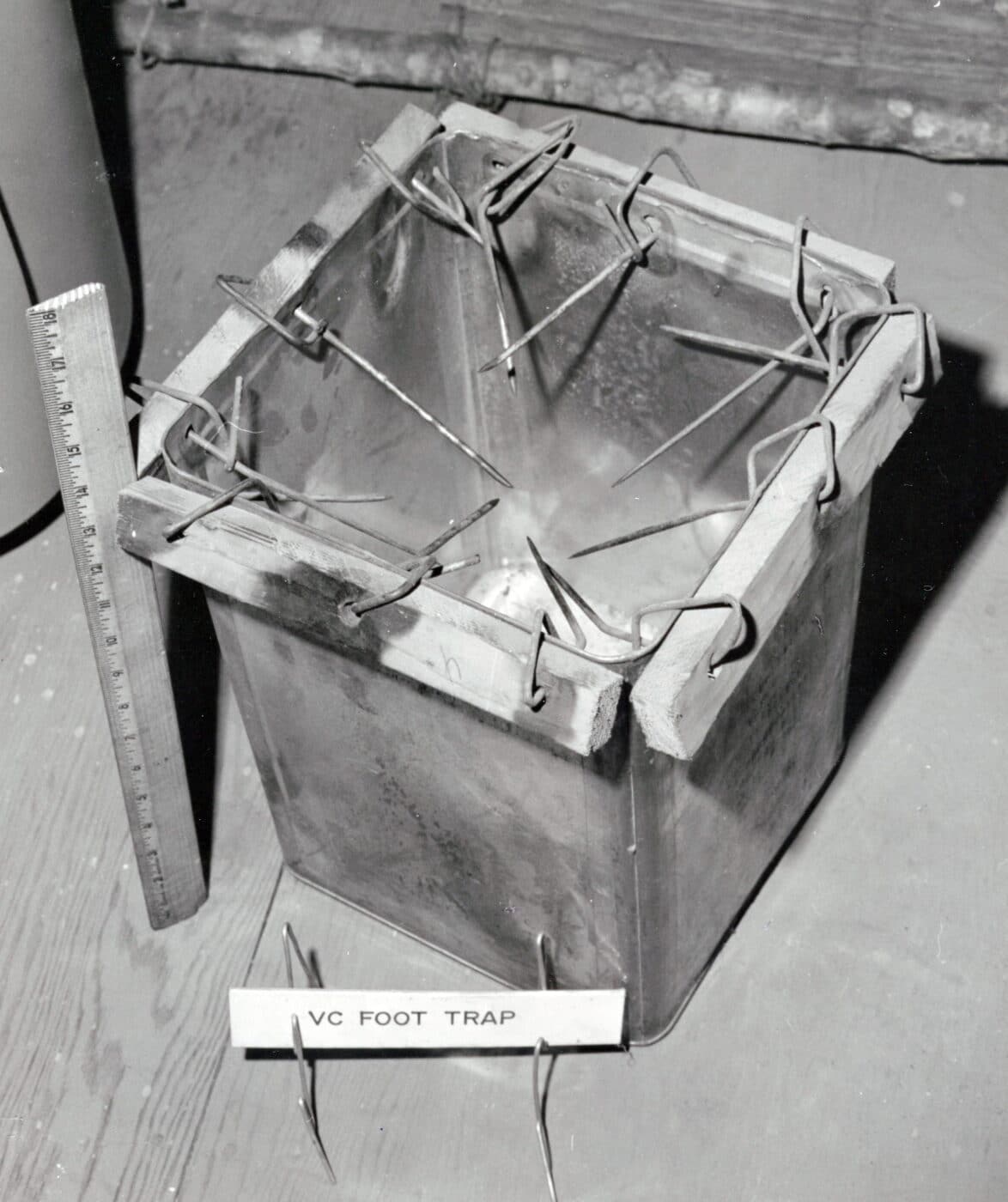
The answer reinforced the fact that the VC came to know our troops as well as they knew themselves. I looked through a handful of U.S. Engineer reports and quickly discovered that American units in Vietnam were highly focused on water quality and sewage treatment.
Here’s a quote from U.S. “Engineer Notes” from late 1966:
In some areas of RVN, the water table is very close to the surface. Ordinary field pit latrines would rapidly contaminate the water sources and water table used by U.S. and nearby Allied forces.
The report goes on to recommend that human and animal waste be removed and burned to help maintain clean water and prevent dysentery — which was widespread among U.S. troops in Vietnam (particularly new arrivals in-country). The Vietnamese were used to poor quality water and weren’t put off by the presence of human and animal waste. Americans were zealous in removing animal waste to help create more sanitary conditions near their encampments or facilities.
The VC observed this, and frequently mined dung piles near American positions as they were quite certain American troops would remove them. Truth is stranger than fiction, and in this case, curiously effective and diabolically ingenious.
Editor’s Note: Please be sure to check out The Armory Life Forum, where you can comment about our daily articles, as well as just talk guns and gear. Click the “Go To Forum Thread” link below to jump in and discuss this article and much more!
Join the Discussion
Continue Reading
Did you enjoy this article?

 729
729




